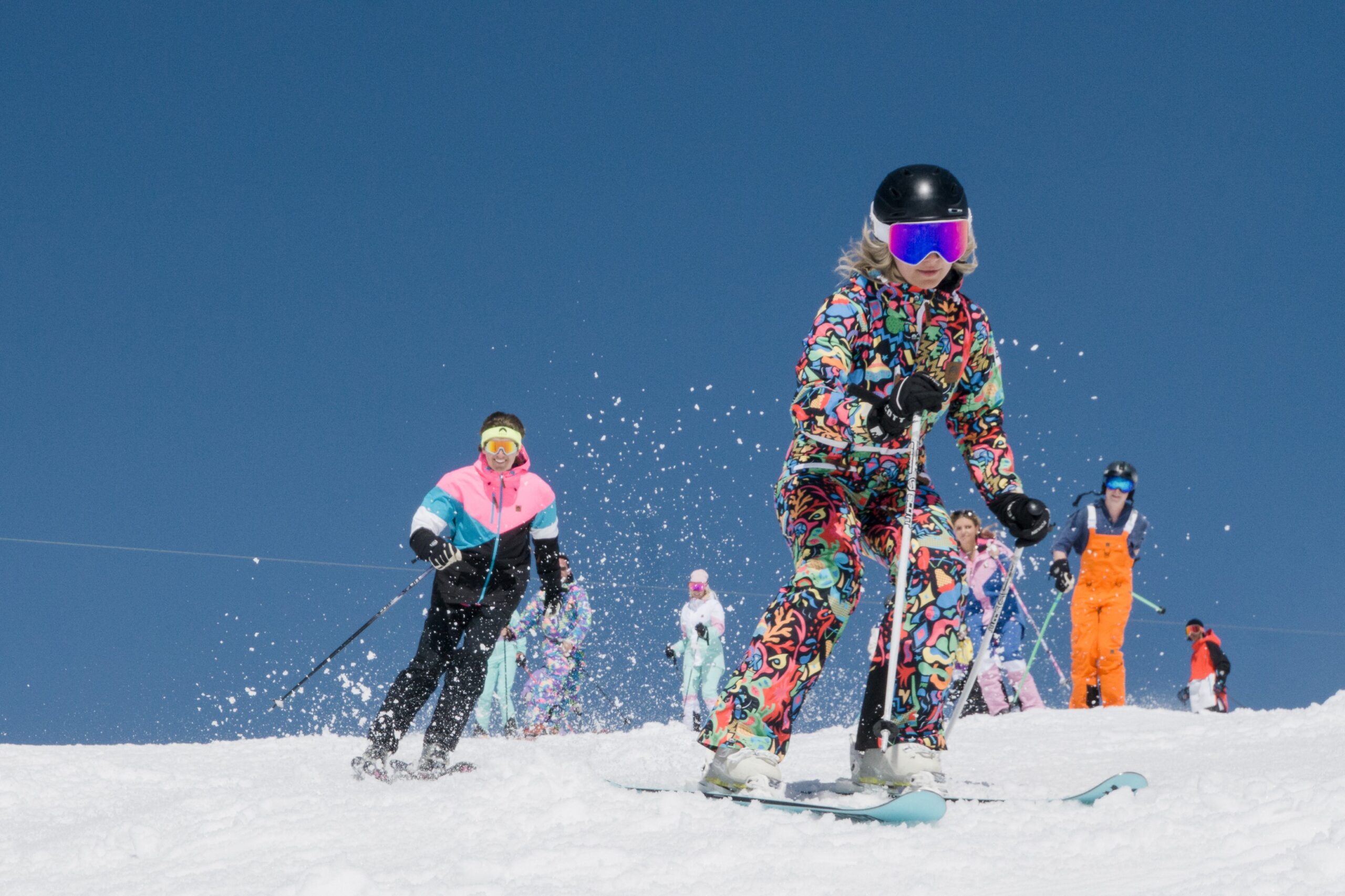Sustainability Spotlight | OOSC
We chat with Aaron McLaughlin Asmoarp, co-founder of OOSC Clothing


What does sustainability mean to OOSC?
Sustainability is core to everything that we do as a business, from manufacturing partners and material selection through to global shipping and packaging. We have built our business around being sustainable and feel that all brands need to ensure they are doing their bit to try and minimise the effect of textile production and be as eco-friendly as possible. We have a duty to preserve our mountains for future generations.
What are the main challenges facing the ski industry right now?
Global warming is obviously a huge factor that puts the future of the industry at risk, with our glaciers disappearing and snowline ever retreating. The energy crisis has also caused issues in production for many brands and will hopefully work as a catalyst for change across the globe.
What initiatives are you putting in place to adapt and deal with these challenges?
We are proud that our manufacturing partners are all BlueSign accredited and alongside them we actively seek to reduce the footprint created by the textile industry. We work to deliver a product with the lowest possible environmental burden, resource-improving production, and augmented safety for workers and consumers.

All of our material is recycled. The majority is recycled plastic bottles but we also have a new range that is 100% recycled nylon made from fishing nets and other sea waste. We also use a zero carbon DWR (durable water repellent) throughout the range. We try to ship all goods via sea and, if we have to ship smaller, urgent shipments via air, we carbon offset the flights. Packaging is all recyclable or compostable, and we use technology to map out our material so that we minimise waste and don’t overproduce in order to cut down on energy usage. Our 3PL partners are also a key part in our mission and have their warehouse set up with an energy efficient floor design, as well as using renewable energy supplemented by their own solar panels.
How sustainable is OOSC compared to other ski brands?
I cant talk for other brands, but we hold ourselves by high standards, and on top of everything already mentioned, we have an incentive for customers to return old or damaged products and we repurpose or recycle them, which is a key step in trying to become as circular as possible .
How are you measuring progress?
We have started the B Corp process which has helped focus our measurements and responsibility. We do regular carbon impact analyses on all elements of our supply chain, which allows us to focus on specific areas that don’t reach our standards. On a more black-and-white level, our material has increased from 51% to 75% to 100% recycled properties over the past 5 years.
How important is it to you to work with athletes and ambassadors who are committed to promoting sustainability?
Sustainability is the most important core value of our business, so we always ensure that anyone we work with shares these values. Its key to our messaging, and if our partners aren’t on the same page as us then they won’t be able to tell our message in the manner we need them to.
What are your goals and where does OOSC hope to be in 5 years’ time?
We want to be carbon Neutral in the short term; longer term we’re looking at options to try and make our business carbon negative, which wont be easy but is worth the challenge to preserve our planet.